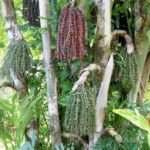The chilly weather during the last days of the year, between the winter solstice and the spring equinox, is characterized by cold breezes in the early mornings and evenings. To embrace the new year, it’s a perfect time to bring some new houseplants that will not only freshen up your space but also help purify the air and create a cozier atmosphere.
So, let’s explore 21 types of indoor plants that can help improve your indoor air quality and make your home cozier during this transitional weather.
1 Peace Lily
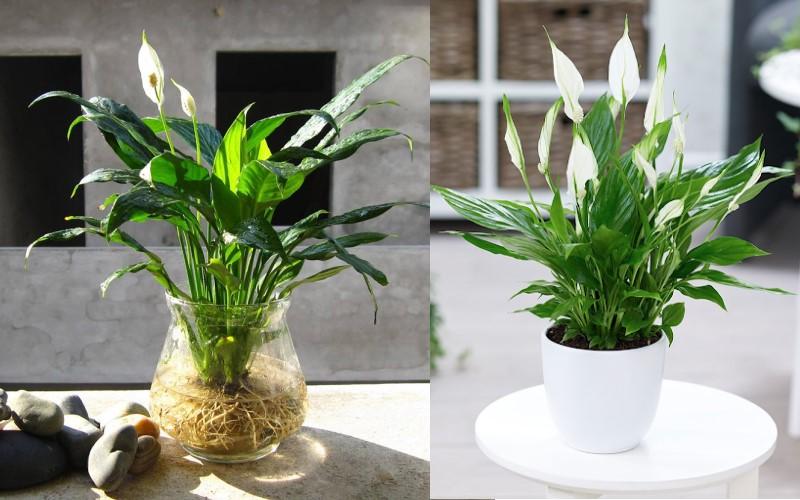
In 1989, Dr. B.C. Wolverton and his colleagues published research on air purification in NASA’s space stations by absorbing harmful substances such as carbon monoxide and toxins like benzene, formaldehyde, trichloroethylene, xylene, and ammonia using certain houseplants. The study concluded that chrysanthemums and peace lilies are the best air-purifying plants, along with several other species.
Peace lilies, also known as white sails or peace lilies for their beautiful white flowers, are excellent for feng shui and are among the few plants capable of absorbing harmful substances from the air produced by combustion processes, such as benzene, formaldehyde, other pollutants, and radiation emitted by televisions, computers, and microwaves.
In addition to maintaining clean air, a peace lily in your home also symbolizes happiness, love, and joy, adding a cozy touch to your space.
2 Chrysanthemum

Chrysanthemums, or mums, top NASA’s list of air-purifying plants. They help remove trichloroethylene, commonly found in dry cleaning products, and benzene from the air. Their vibrant flowers also add a touch of liveliness to your space during the colder months.
Note that chrysanthemums require ample sunlight, so place them near a window where they can soak up the sun.
3 Spider Plant

The spider plant, also known as the ribbon plant or airplane plant, is a champion among air-purifying plants, especially effective at removing carbon monoxide, formaldehyde, gasoline, and styrene.
A single spider plant can clean up to 85% of formaldehyde in the air within 24 hours. Additionally, it can convert the toxic carcinogen formaldehyde into harmless sugars and amino acids.
Beyond its air-purifying abilities, studies have shown that the spider plant’s leaves contain chlorophyll, which can absorb harmful electronic radiation from computers and other electronic devices, offering excellent protection for your body, especially your eyes. The plant’s green and white stripes also symbolize good luck and positive energy, creating a warm and welcoming ambiance.
4 Snake Plant

The snake plant, or mother-in-law’s tongue, is a common houseplant in many Vietnamese homes due to its modern and minimalist appeal. It doesn’t take up much space and is easy to care for, adapting well to various climates, especially the winter.
This plant not only emits a natural fragrance that repels mosquitoes but also rapidly absorbs harmful substances from the air, including formaldehyde, benzene, trichloroethylene, xylene, and toluene.
In feng shui, the snake plant is believed to ward off evil and bring good luck to its owner, dispelling gloom and creating a warm and welcoming atmosphere.
5 Chinese Evergreen

The Chinese evergreen is an easy-to-grow and low-maintenance houseplant. It is ideal for indoor planting during cold weather, especially near electronic devices, as it absorbs radiation emitted by computers, televisions, and printers.
Among the different varieties of Chinese evergreens, the plant with the distinctive shape of its small, sparsely cut leaves can effectively absorb formaldehyde from the air. Its tropical vibe will also bring a touch of vitality to your bedroom during the winter. Additionally, the golden Chinese evergreen is renowned for removing various toxins from the air, including benzene, formaldehyde, trichloroethylene, toluene, and xylene.
6 Money Plant
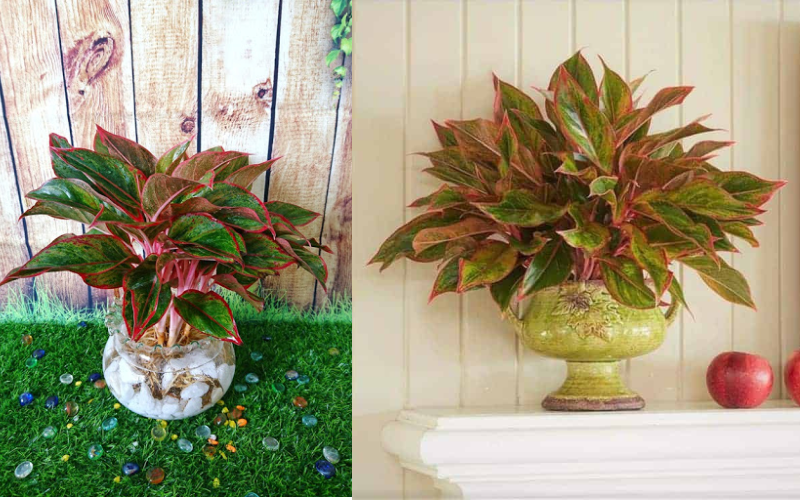
The money plant is a favorite in Vietnam due to the Eastern belief that it brings wealth and good fortune. It offers multiple benefits: it produces a large amount of oxygen and purifies indoor air by removing chemicals like formaldehyde, benzene, and other toxins.
The money plant’s green and white striped leaves also add a touch of warmth to your living space during the winter. However, it’s important to note that the plant’s sap is toxic, so handle it with care.
7 Weeping Fig
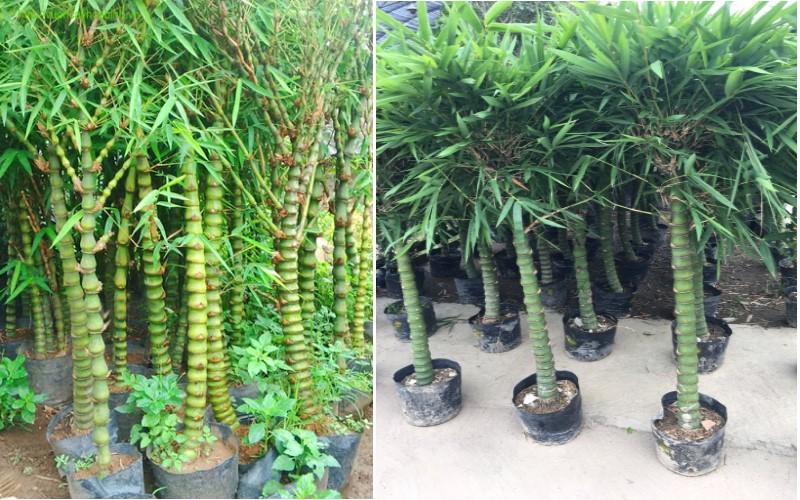
The weeping fig is easy to care for and effective at removing most air pollutants, including formaldehyde, xylene, toluene, and ammonia. It is a popular choice for indoor planting.
Additionally, its lush greenery symbolizes a strong life force and encourages perseverance in pursuing goals, ultimately leading to success in life. The shape of its leaves also resembles the figure of Guanyin, the Goddess of Mercy, signifying a life of abundance and contentment, making your living space even cozier during the cold season.
8 Dracaena
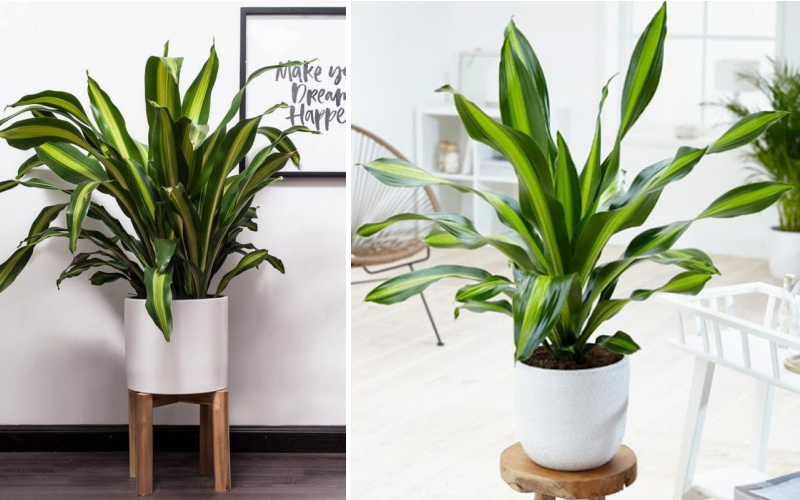
Dracaena can absorb large amounts of acetone, making it ideal for planting near roads or spaces close to paint, plastic, or chemical production facilities. Its green leaves with yellow edges will add a cozy touch to your room during the late winter and early spring.
9 Aglaonema
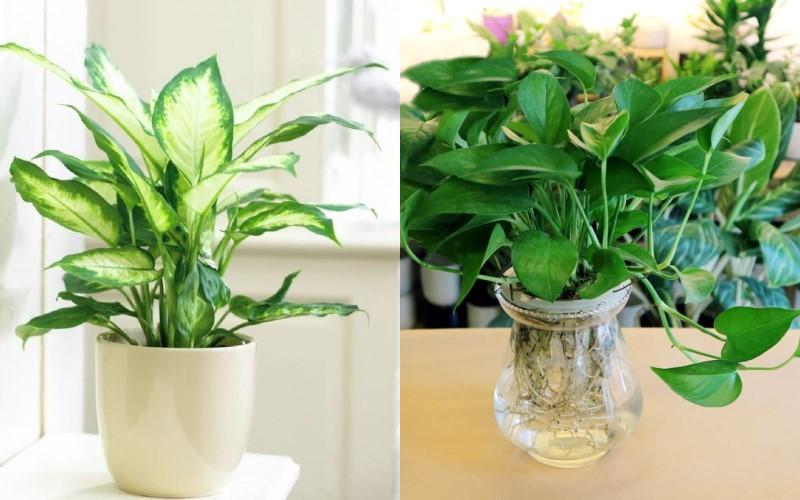
Aglaonema is an evergreen plant that helps reduce formaldehyde levels in the air. It thrives in low-light and humid conditions. A pot of aglaonema in your home brings harmony and happiness to your family, making it perfect for creating a cozy atmosphere during the cold season.
10 Ficus

This low-maintenance plant doesn’t require much care but can still thrive and is known as one of the most effective air-purifying houseplants. It can filter out ammonia, commonly found in laundry detergents, textiles, and dyeing processes. This plant is both practical and aesthetically pleasing, driving away the winter blues with its vibrant energy.
11 Kalanchoe
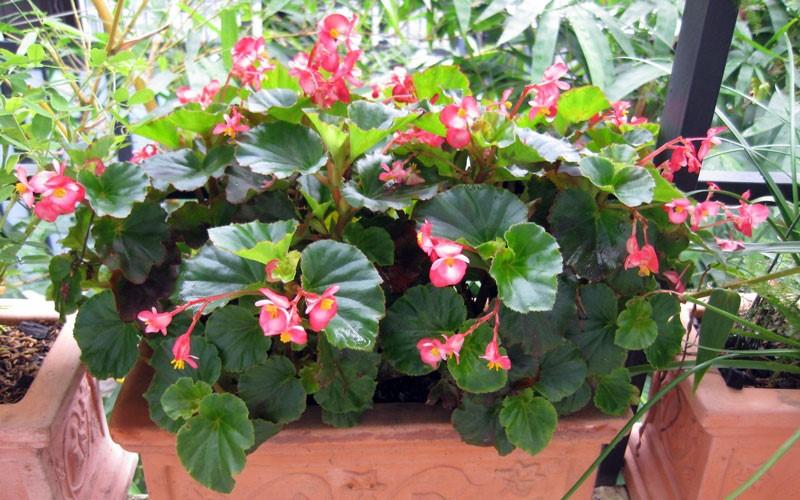
Kalanchoe may look delicate and elegant, but it’s highly effective at filtering harmful substances from the air, including benzene and chemicals produced by toluene, commonly found in some types of waxes, adhesives, paints, coatings, inks, chemicals, and rubber.
Kalanchoe is also easy to grow, and its clusters of white, pink, or red flowers add a cozy touch to your living room or balcony.
12 Rosemary
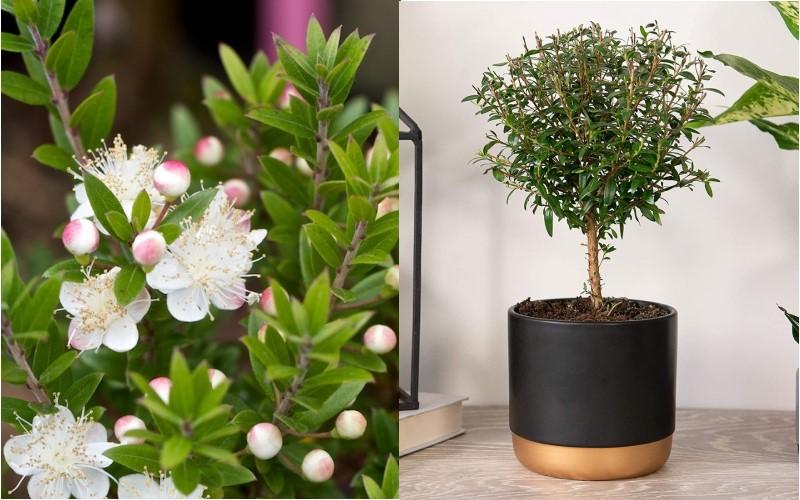
Rosemary, also known as rose laurel or dew of the sea, originates from the Mediterranean region. It is mainly cultivated for its oil and has become a popular houseplant in Vietnam in recent years. Its leaves and flowers release phytoncides, which have strong antibacterial properties and quickly eliminate airborne bacteria, promoting a healthy environment.
Rosemary is also considered a symbol of peace and joy, bringing positive energy and dispelling the winter chill. It is believed to have healing properties, making it a sacred plant.
13 Ivy
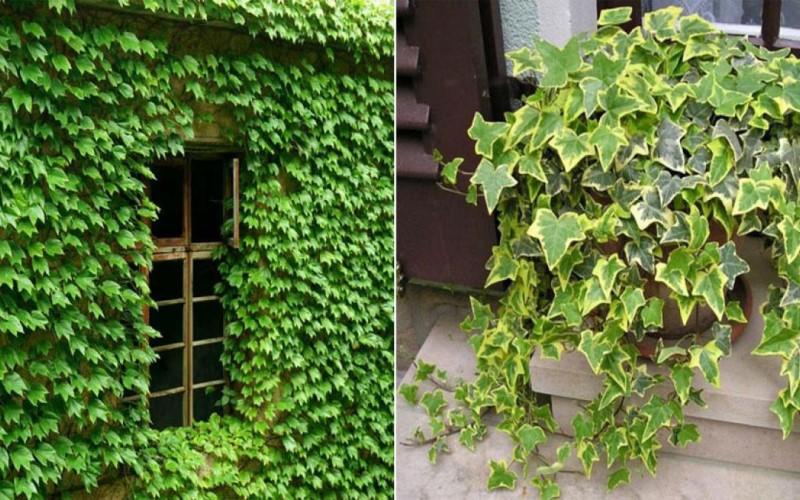
Ivy is renowned for its ability to purify indoor air by absorbing harmful chemicals such as benzene, phenol, formic aldehyde, and blocking carcinogens like nicotine found in cigarette smoke.
Its evergreen vines symbolize youthful vitality and eternity, making it an excellent choice for creating a cozy atmosphere during the winter.
14 Anthurium
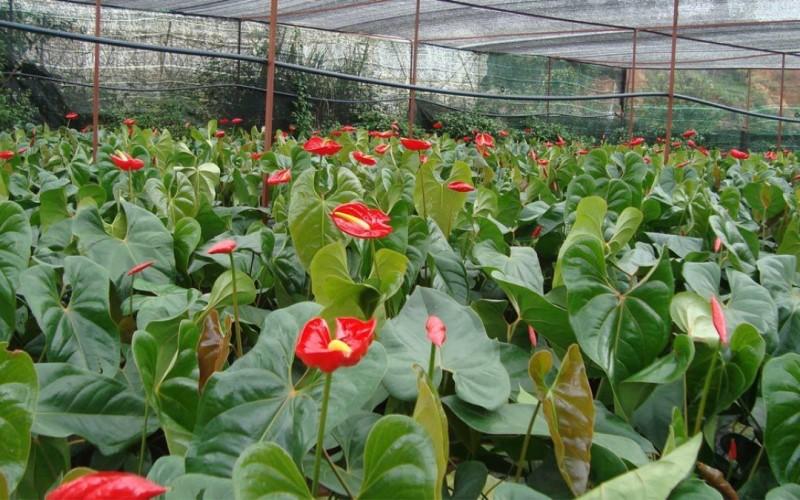
A pot of anthurium in your room will brighten up the space with its vibrant red flowers, bringing good fortune and happiness to your home, especially during the cold winter months.
Additionally, anthurium helps create a cleaner and fresher indoor environment by absorbing xylene, benzene, and formaldehyde, which can cause respiratory problems and even cancer.
15 Aloe Vera
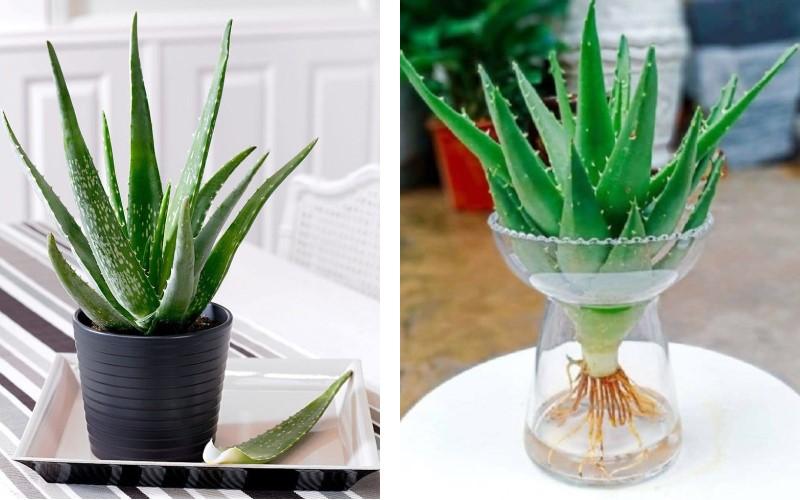
Not only does aloe vera add a cozy touch to your living space with its
2023 Lunar New Year Gift Ideas for Older Family and Friends
As 2021 approaches, families worldwide are gathering to celebrate the special bond between grandparents and their grandchildren. To show their love and admiration, these thoughtfully chosen gifts will bring a smile to the face of the elderly. Here, we have compiled a list of the 13 most meaningful Tet presents that can bring joy to our beloved grandparents.





























